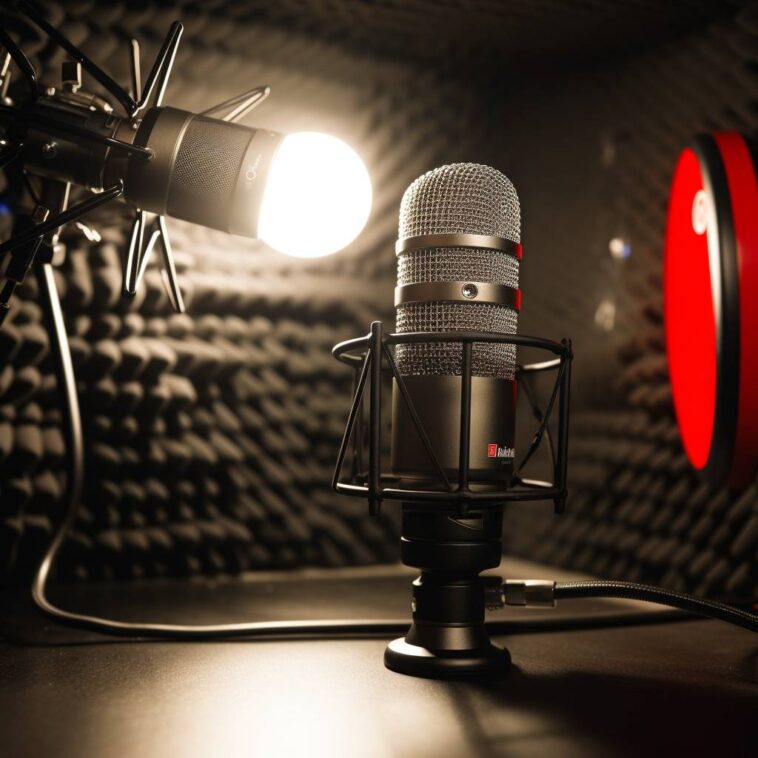YouTube, the popular video streaming platform, has announced the introduction of a new feature that will allow creators to dub their videos into other languages using artificial intelligence (AI). The move is expected to expand the reach of content to a much wider audience.
The AI-powered dubbing service, developed by Aloud, a part of Google’s Area 120 incubator, was announced at VidCon 2023. According to YouTube’s Amjad Hanif, the tool is already being tested with hundreds of creators. Currently, the AI program supports a few languages, including English, Spanish, and Portuguese, with plans to include more languages in the future.
The Aloud tool works by transcribing videos before translating them into other languages. Creators can then review and amend the transcriptions using the tool. The dubbing for the video is then produced and translated. A video demonstrating how it functions has been provided by the Google Cloud team.
The introduction of this tool is a significant step forward for YouTube, which currently allows viewers to use automatic captions if the original uploader hasn’t provided subtitles. However, these can be limited depending on accents, and translating subtitles between languages can often lead to inaccuracies.
The AI-generated audio tracks are still in the early stages, with a robotic undertone evident in the translated voice. However, Hanif has assured that the audio quality should improve by 2024 as Aloud continues to develop the technology. Future enhancements will aim to mimic inflections, expressions, and even lip sync.
The introduction of the AI-powered dubbing tool represents a significant opportunity for creators to reach a global audience, overcoming language barriers. As the technology continues to improve, it will be interesting to see how this impacts the reach and accessibility of content on YouTube.

